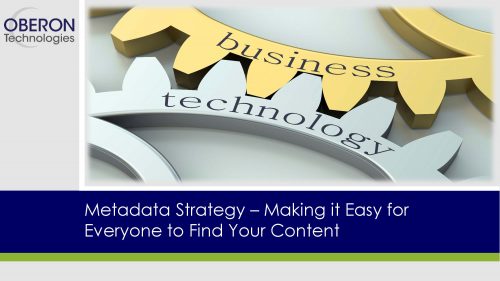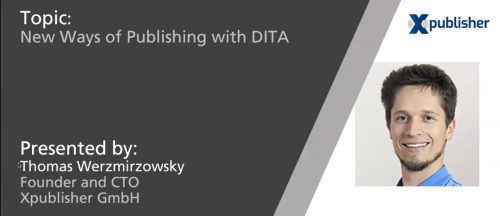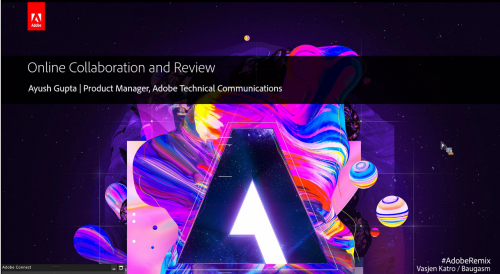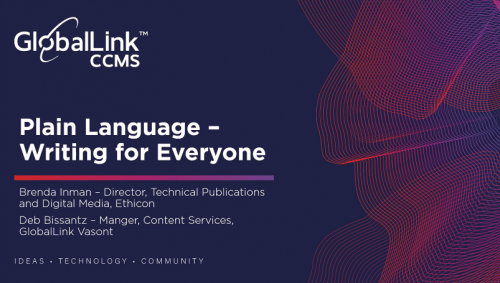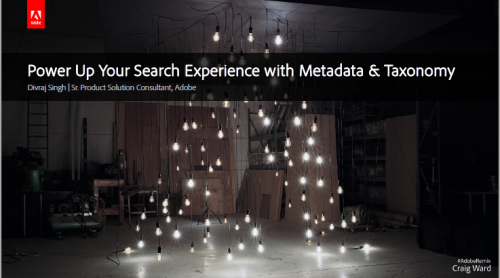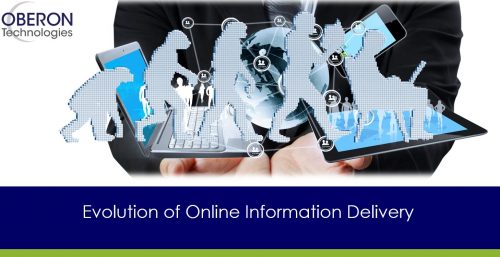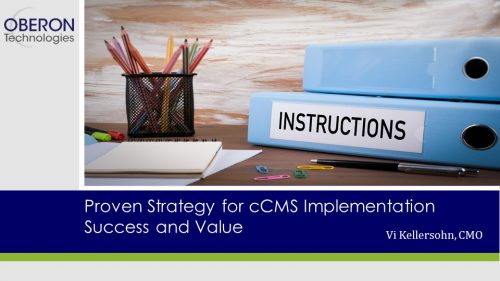- What difference does authoring standard make (unstructured, XML, DITA, HTML etc.)?
- How advanced are the content management capabilities (web vs offline, metadata support, advanced search)?
- How does the solution provision for storage (versioning, DAM capabilities etc.)?
- What OOTB workflows does the solution support (review, translation, task management, content ingestion, etc.)?
- What reporting capabilities does it have?
- What publishing capabilities does it provide(DITA OT, integrated tools, third-party plug-ins)?
- How extensible is the solution (APIs, DITA specializations, integration with external systems)?
Bernard Aschwanden is the Founder of Publishing Smarter. Bernard Aschwanden and his company Publishing Smarter help clients reduce costs and improve the quality of content. A past President of the Society for Technical Communications, he trains, writes, and presents on communications, publishing, and single-source reuse. Publishing Smarter helps companies automate content processes to publish better, faster, and smarter and provide a maximum return on investments. Bernard on LinkedIn: https://www.linkedin.com/in/bernardaschwanden/ Bernard on Twitter: https://twitter.com/aschwanden4stc https://twitter.com/publishsmarter Website

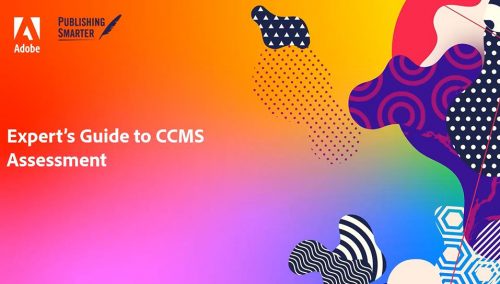
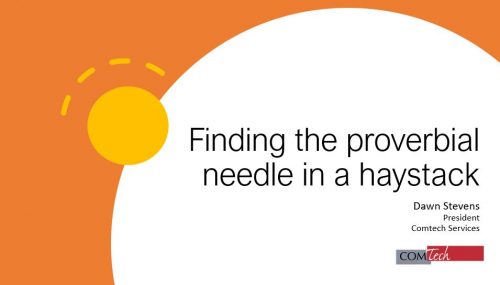
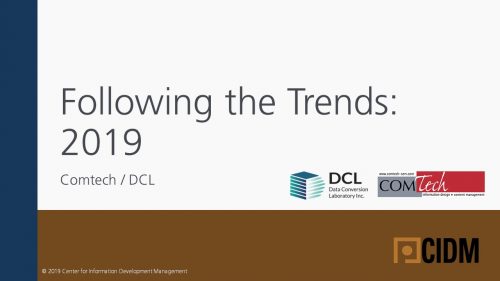
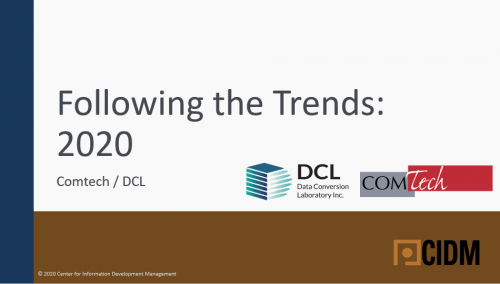
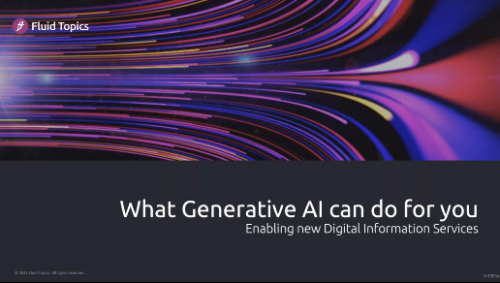

 Fabrice Lacroix is a serial entrepreneur and a technology pioneer. He has been working for 25 years on the development of innovative solutions around search technology, content enrichment and AI. He is the founder of Fluid Topics, the leading Content Delivery Platform that reinvents how users search, read and interact with technical documentation.
Fabrice Lacroix is a serial entrepreneur and a technology pioneer. He has been working for 25 years on the development of innovative solutions around search technology, content enrichment and AI. He is the founder of Fluid Topics, the leading Content Delivery Platform that reinvents how users search, read and interact with technical documentation. 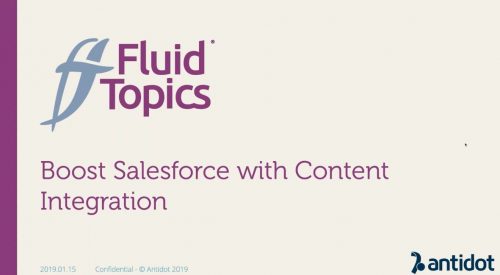
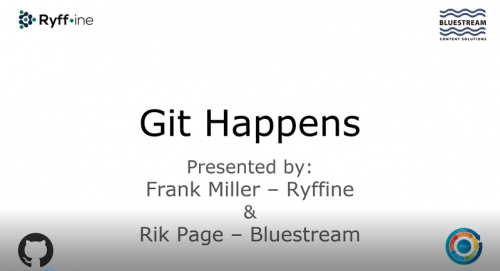
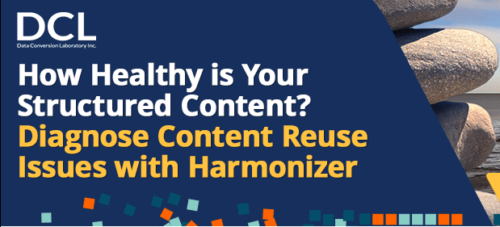
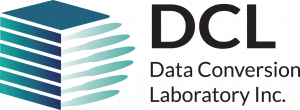
 Christopher Hill, Technical Product and Project Manager at Data Conversion Laboratory –
Christopher Hill, Technical Product and Project Manager at Data Conversion Laboratory – 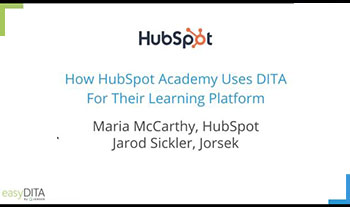
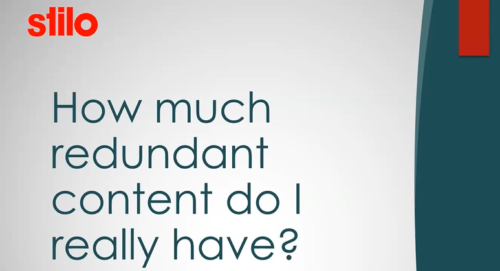
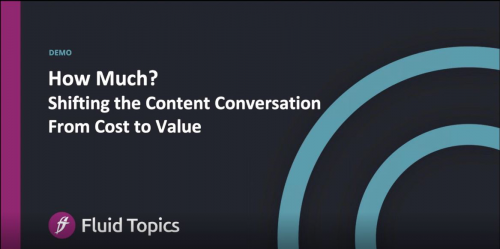
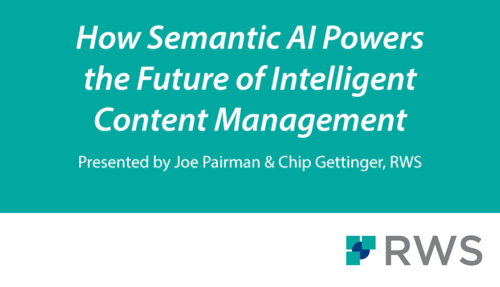



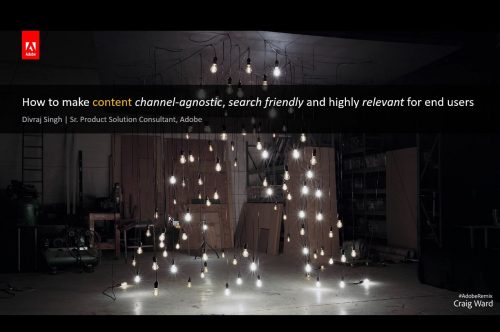
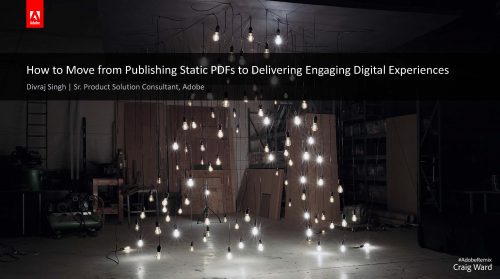
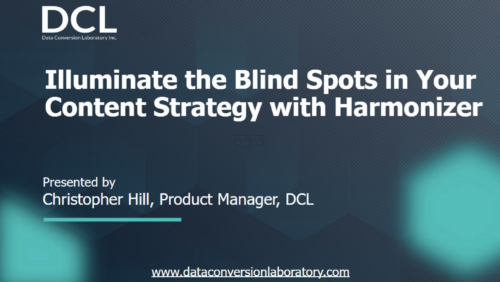

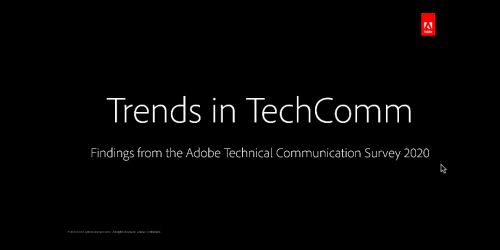





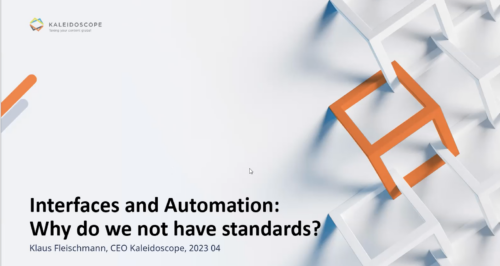


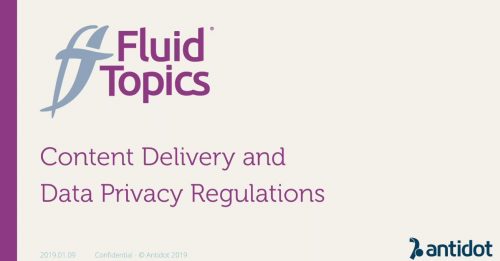
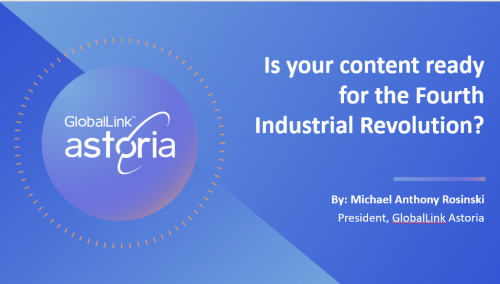
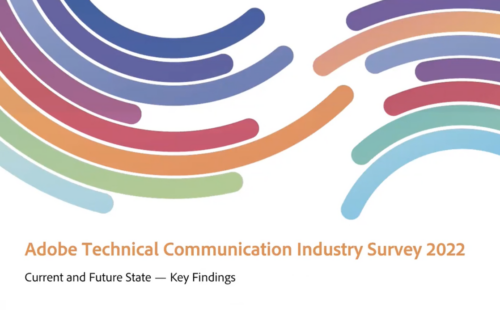

 Stefan Gentz is the Senior Worldwide Evangelist for Technical Communication at Adobe, headquartered in San Jose, California, USA. Stefan’s mission is to inspire enterprises and technical writers around the world and show how to create compelling technical communication content with the Adobe Technical Communication tools. He is also a certified Quality Management Professional (TÜV), ISO 9001 / EN 15038 auditor, ISO 31000 Risk Management expert, and Six Sigma Champion.
As a sought-after keynote speaker and moderator at conferences around the world, he travels around the globe half of the year. Besides that, he has been the European Ambassador for the Globalization and Localization Association (GALA) for many years, a member of the tekom Conference Advisory Board for several years, and a founding member of the tekom
Stefan Gentz is the Senior Worldwide Evangelist for Technical Communication at Adobe, headquartered in San Jose, California, USA. Stefan’s mission is to inspire enterprises and technical writers around the world and show how to create compelling technical communication content with the Adobe Technical Communication tools. He is also a certified Quality Management Professional (TÜV), ISO 9001 / EN 15038 auditor, ISO 31000 Risk Management expert, and Six Sigma Champion.
As a sought-after keynote speaker and moderator at conferences around the world, he travels around the globe half of the year. Besides that, he has been the European Ambassador for the Globalization and Localization Association (GALA) for many years, a member of the tekom Conference Advisory Board for several years, and a founding member of the tekom  Saibal Bhattacharjee has been with Adobe for more than 12 years now and is currently working as Director of Product Marketing & Business Strategy in the Digital Advertising, Learning & Publishing business unit.
Saibal is in charge of GTM and Business Strategy for a $140MN+ product portfolio in Adobe – ranging from market-leading cloud-native component content management system (CCMS), advertising & subscription monetization products for connected multiscreen TV platforms, content authoring, and publishing desktop apps, to print & scan solutions that power Office and Commercial printers, etc.
Saibal drives the products’ positioning and messaging, brand strategy and communications, marketing campaigns and demand generation (growth and retention), partner ecosystem and new market development, customer education, business insights, market research, and analyst relations, sales enablement, and field marketing efforts.
LinkedIn:
Saibal Bhattacharjee has been with Adobe for more than 12 years now and is currently working as Director of Product Marketing & Business Strategy in the Digital Advertising, Learning & Publishing business unit.
Saibal is in charge of GTM and Business Strategy for a $140MN+ product portfolio in Adobe – ranging from market-leading cloud-native component content management system (CCMS), advertising & subscription monetization products for connected multiscreen TV platforms, content authoring, and publishing desktop apps, to print & scan solutions that power Office and Commercial printers, etc.
Saibal drives the products’ positioning and messaging, brand strategy and communications, marketing campaigns and demand generation (growth and retention), partner ecosystem and new market development, customer education, business insights, market research, and analyst relations, sales enablement, and field marketing efforts.
LinkedIn: 
 TJ Dhaliwal is a Technical Sales Product Specialist at Stilo, helping customers uncover solutions to their content conversion needs. With a solid technical background in engineering and a passion for public speaking, he’s successfully bridged the gaps between project stakeholders. As a problem solver, TJ has helped several enterprise-level companies convert tens of thousands of pages of their content to DITA.
TJ Dhaliwal is a Technical Sales Product Specialist at Stilo, helping customers uncover solutions to their content conversion needs. With a solid technical background in engineering and a passion for public speaking, he’s successfully bridged the gaps between project stakeholders. As a problem solver, TJ has helped several enterprise-level companies convert tens of thousands of pages of their content to DITA.
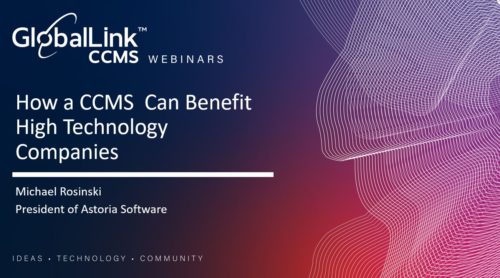
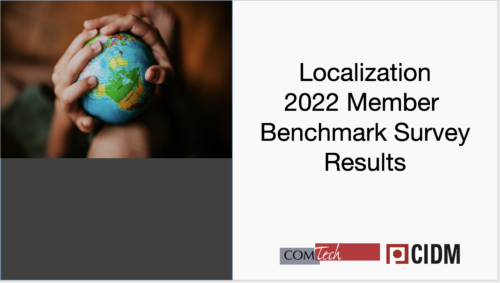

 Dawn Stevens, President, Comtech Services and Director of CIDM has 28 years of practical experience in virtually every role within a documentation and training department, including project management, instructional design, writing, editing, and multimedia programming. Dawn is the perfect advisor to identify and remove the challenges you face in producing usable, technical information and training content. With both engineering and technical communication degrees, Dawn combines her solid technical foundation with strong writing and design skills to lead our team of consultants and specialists in providing the expertise you need.
Dawn Stevens, President, Comtech Services and Director of CIDM has 28 years of practical experience in virtually every role within a documentation and training department, including project management, instructional design, writing, editing, and multimedia programming. Dawn is the perfect advisor to identify and remove the challenges you face in producing usable, technical information and training content. With both engineering and technical communication degrees, Dawn combines her solid technical foundation with strong writing and design skills to lead our team of consultants and specialists in providing the expertise you need.
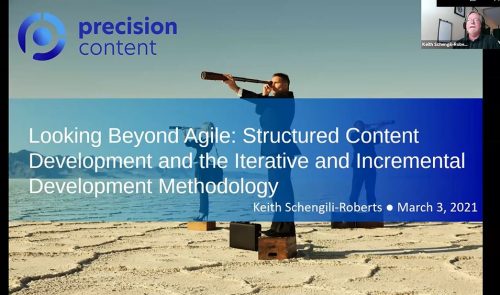
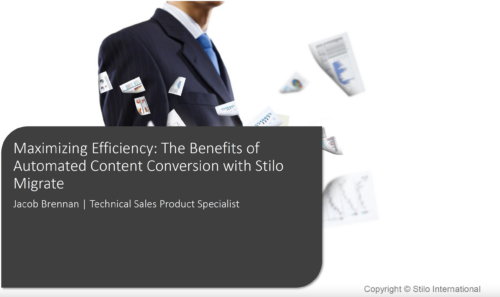
 Jacob Brennan is a Technical Sales Product Specialist at Stilo. He works with Stilo Migrate customers and aids in converting their legacy content to DITA. Jacob is a recent graduate from the University of Ottawa holding a BASc. in Mechanical Engineering and a BSc. in Computing Technology.
Jacob Brennan is a Technical Sales Product Specialist at Stilo. He works with Stilo Migrate customers and aids in converting their legacy content to DITA. Jacob is a recent graduate from the University of Ottawa holding a BASc. in Mechanical Engineering and a BSc. in Computing Technology. 